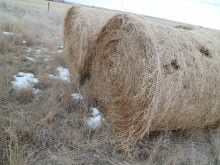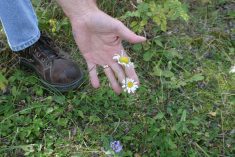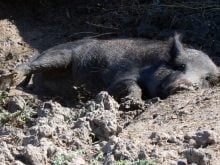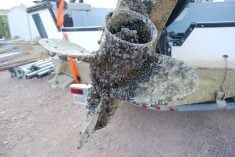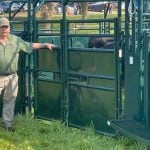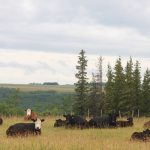The federal government announced $14.7 million late last year to prevent and manage aquatic invasive species in Banff, Jasper, Kootenay, Waterton Lakes, and Yoho national parks.
The money is designed to help increase surveillance and to combat the spread of invasive species.
Currently, only one lake in the national parks has an invasive species. In 2016, it was discovered that Johnston Lake in Banff had a parasite that causes whirling disease, which causes skeletal deformation in certain types of fish, such as whitefish, bull trout and cutthroat trout.
Read Also

Weigum’s work with Alect Seeds earns her Alberta’s Outstanding Young Farmer award
Three Hills farmer earns Alberta’s Outstanding Young Farmers award through marketing of Alect Seeds to bring the best varieties and crop types to their customers and improve the quality of the land they farm.
The funding will help prevent the parasite from moving to other lakes, and prevent or slow the spread of other invasive species, such as zebra mussels inside the parks.
“We’re definitely concerned be-cause every year at the provincial stations in Alberta, they intercept boats that have come from mussel hotspots that are positive for mussels, so we need to make sure that they can’t come in,” said Shelley Humphries, an ecologist for Parks Canada.
The new funds are expected to help provide communication to the public about aquatic invasive species, maintain inspection and cleaning stations, assist with scientific research, assist with the permitting system, test for whirling disease and monitor existing issues.
It was already mandatory for visitors to clean, drain and dry boats in Waterton Lakes, Kootenay, and Yoho national Parks. Banff made this mandatory as well in the summer of 2021.
Some national parks don’t allow motorized watercraft, such as Yoho and Kootenay. However, Humphries said boats such as kayaks, canoes, and paddleboards can still carry invasive species and must be cleaned, drained and dried as well.
The funding will be interspersed throughout the five national parks, with $4.70 million going to Yoho, Kootenay and the northern part of Banff, $3.73 million to Jasper, $3.43 million for the southern part of Banff, and $2.84 million for Waterton Lakes.
Humphries said alongside the funding from the government, visitors to the national parks need to be vigilant about checking their boats.




